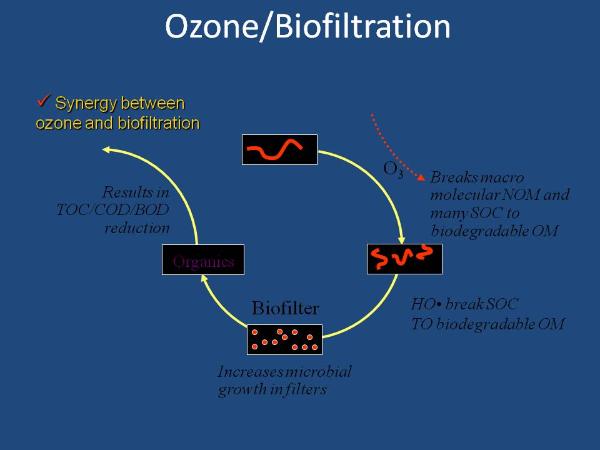- Phone: 800-492-1252
- Fax: 440-368-3569
- E-mail: info@spartanwatertreatment.com

Trickling filters have been used to filter water for various end uses for almost two centuries. Biological treatment has been used in Europe to filter surface water for drinking purposes since the early 1900s and is now receiving more interest worldwide. Biological treatment methods are also common in wastewater treatment, aquaculture and grey water recycling as a way to minimize water replacement while increasing water quality.
For drinking water, biological water treatment involves the use of naturally occurring micro-organisms in the surface water to improve water quality. Under optimum conditions, including relatively low turbidity and high oxygen content, the organisms break down material in the water and thus improve water quality. Slow sand filters or carbon filters are used to provide a place on which these micro-organisms grow. These biological treatment systems effectively reduce water-borne diseases, dissolved organic carbon, turbidity and colour in surface water, improving overall water quality.
Bio filtration can be enhanced by pretreating water with ozone. Ozone is produced on site using ozone generators. The zone is then mixed with the water ahead of the bio filters. Provisions are usually made to minimize the amount of ozone that enters the bio filter since the ozone itself might damage the active bacteria. The process is illustrated in teh schematic below.
The use of ozone offers several advantages versus the use of a bio filter alone:
Pretreatment with ozone and bio filtration has been successfully applied in textile processes , grey water treatment and drinking water treatment. In drinking water treatment ozone pretreatment has been used to